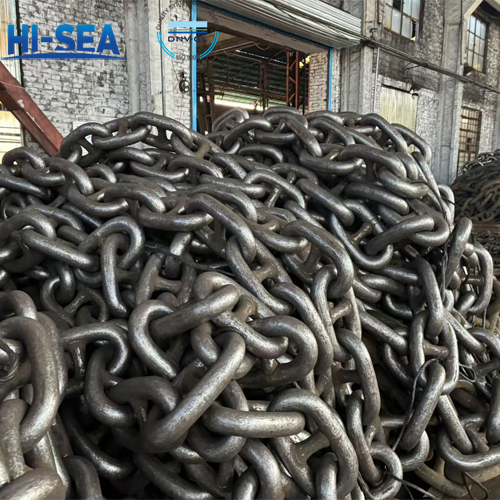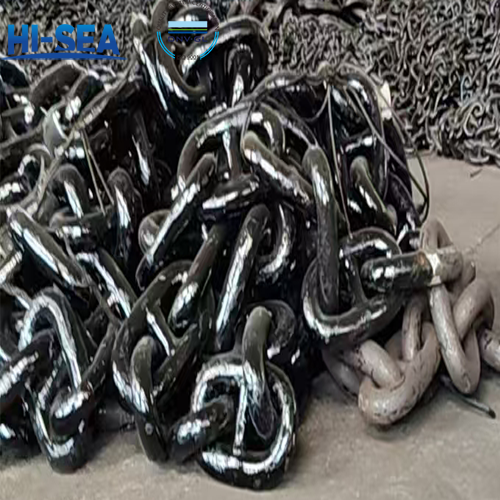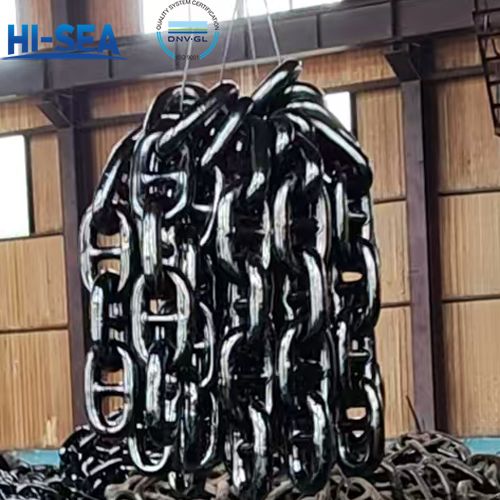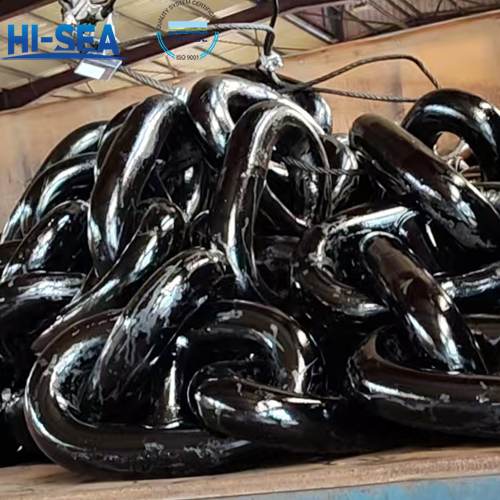
The Difference Between Impressed Current Cathodic Protection System(ICCP) and Traditional Sacrificial Anode(Zinc Block)
Cathodic protection system is an active protection measure, by applying an electric current to cause a protective electrochemical reaction on the metal surface, thus delaying the corrosion of the metal. In contrast, the traditional zinc block is a passive protection measure, which protects the metal surface by sacrificing the zinc block.
Overview
ICCP
1. Foreign currency power supply is required
2. The additional weight is very low
3. Large protection scope
4. Mixed precious metal oxide coated titanium anode, service life of 15 years
5. Easy maintenance, 4~5 years for normal equipment inspection once
6. The overall use cost of one installation is low
7. The output current can be adjusted automatically according to the change of the environment, so that the equipment is always in the best protection state
8. The equipment can automatically monitor and master the corrosion of pile foundation steel structure in real time
9. With remote monitoring function (optional)
10. No pollution to the Marine environment
Sacrificial Anode (zinc block)
1. No external power supply is required
2. Add tons or more to the hull
3. Limited protection range due to metal characteristics
4. Zinc block will be passivation and quality purity affect the protection effect, zinc block life is limited, generally 2~3 years to consume
5. Maintenance requires manual on-site work, and replacement or replenishment requires docking or divers to perform underwater welding
6. It needs to be replaced after 2-3 years, which will cost more
7. Can't adjust automatically
8. Regular manual inspection is required to master the corrosion condition
9. Zinc blocks are naturally consumed and cannot be monitored
10. Release a large amount of Zn and Al ions in seawater during the use of the equipment, damaging the ecosystem

 and Traditional Sacrificial Anode(Zinc Block).jpg)



